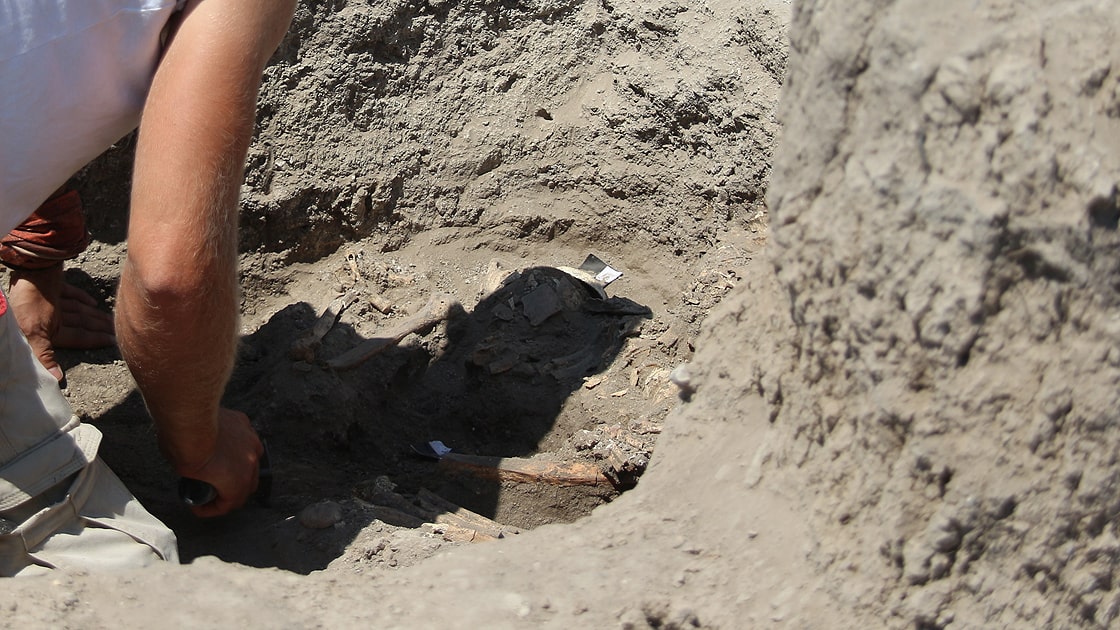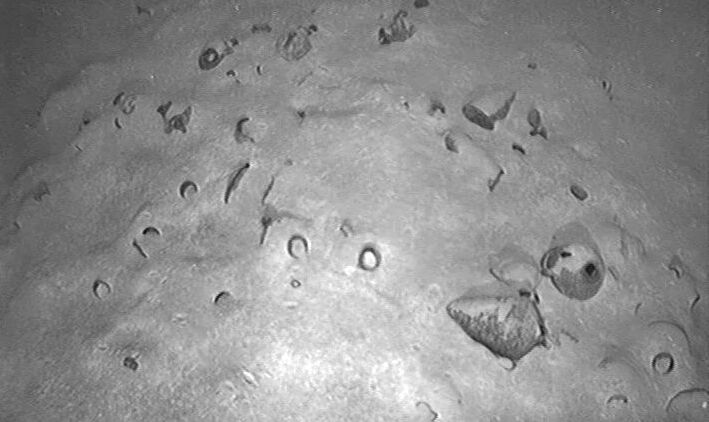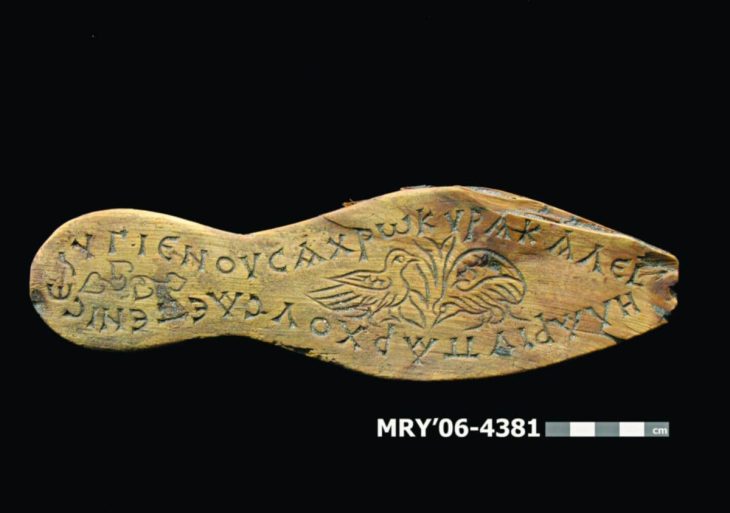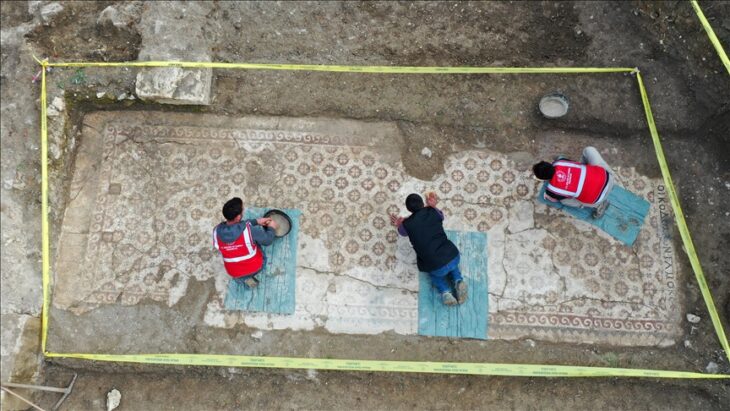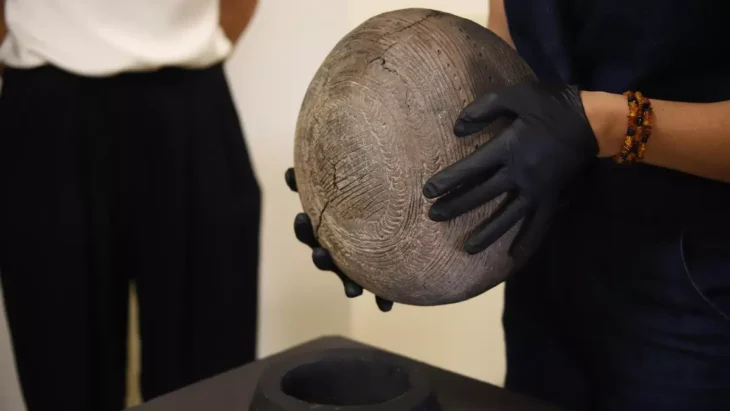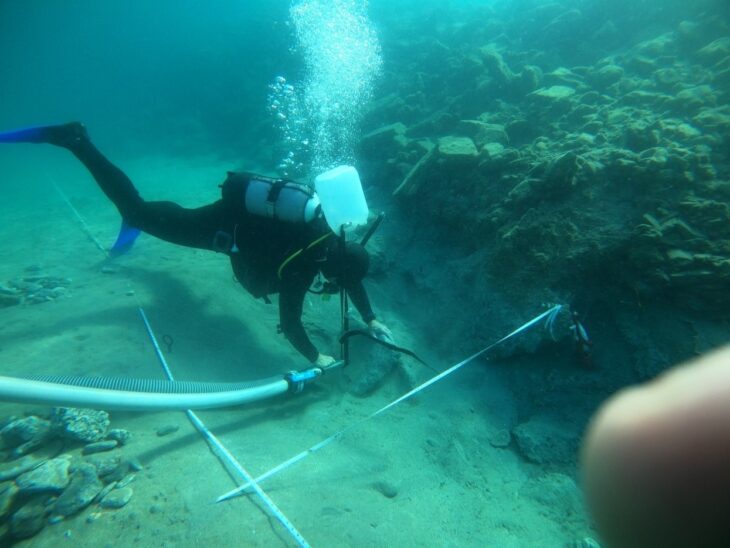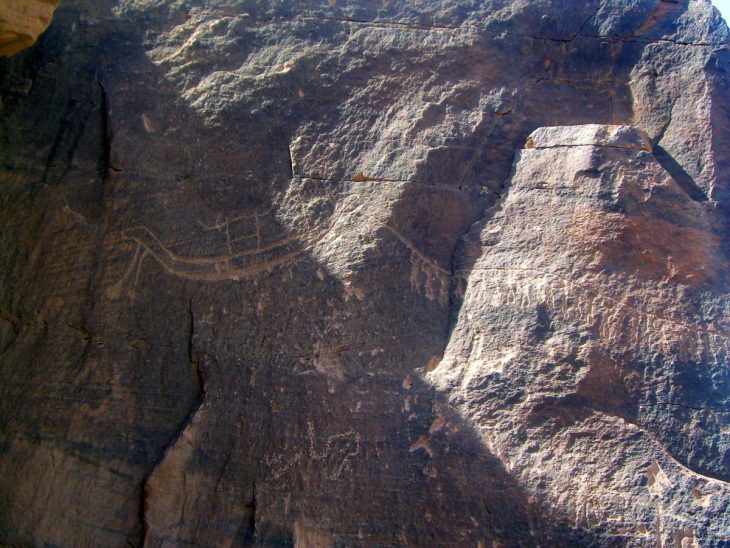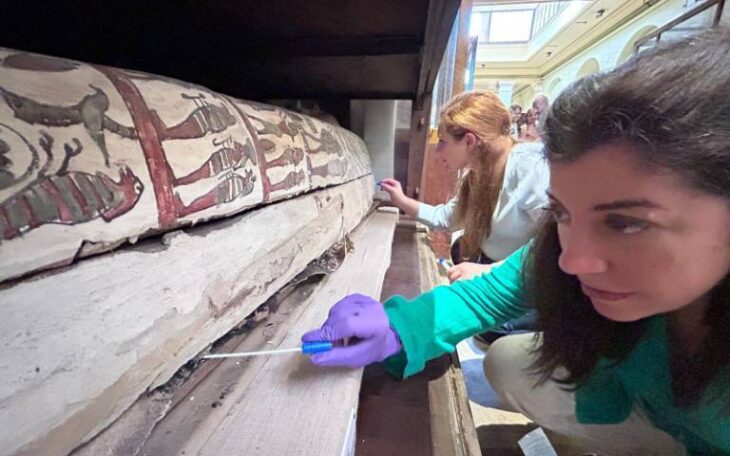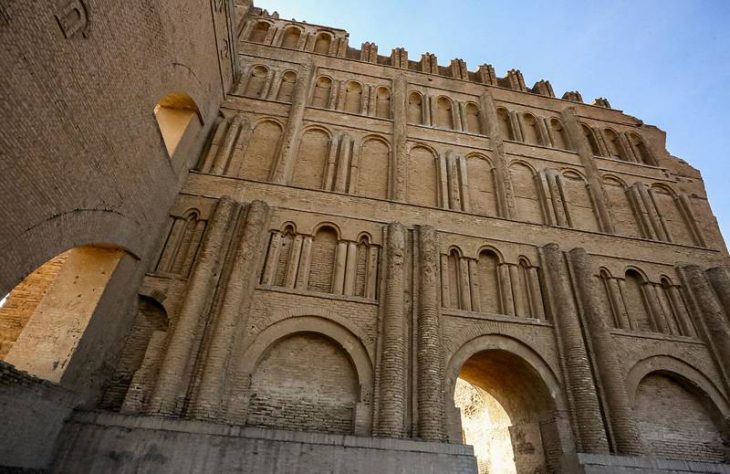Multiple burials were unearthed during the ongoing excavations in the house on the eastern mound of the Neolithic settlement Çatalhöyük.
Çatalhöyük, one of the first urbanization models in Anatolia in Konya’s Çumra district, continues to give new clues about the way of life of people 9,000 years ago.
Çatalhöyük is also one of Turkey’s ancient sites on the UNESCO World Heritage List.
Çatalhöyük Neolithic City Excavation Head Anadolu University Faculty Member Assoc. Dr. Ali Umut Türkcan said that during the excavations in the eastern area, a structure larger than the Çatalhöyük structures, standing alone and containing cells, carries different phenomenon that excites them.

There are more than 700 tombs from the Neolithic period
Çatalhöyük excavations have been carried out for about 3 years by a Polish team under the supervision of Marek Marciniak. Türkcan spoke about the structure as follows:
📣 Our WhatsApp channel is now LIVE! Stay up-to-date with the latest news and updates, just click here to follow us on WhatsApp and never miss a thing!!
“This building is bigger than the Çatalhöyük structures we know. It stands alone and has cells inside. In fact, within these cells, we found 5 graves on one of the floors and multiple graves on the other. To date, we have identified various Neolithic tombs belonging to 18 individuals. For this reason, it is a rare phenomenon for us that this big house and tombs are on such platforms and inside the cells.”
Emphasizing that Çatalhöyük is a large cemetery, Türkcan said, “There was a newborn baby burial, They have buried it in the wall. We see that newborns and even babies with fetuses are also buried. There are more than 700 tombs from the Neolithic period alone. We know that 70 graves were unearthed in an excavation I participated in in the 90s, and these graves exceed the life span of a house,” he said.
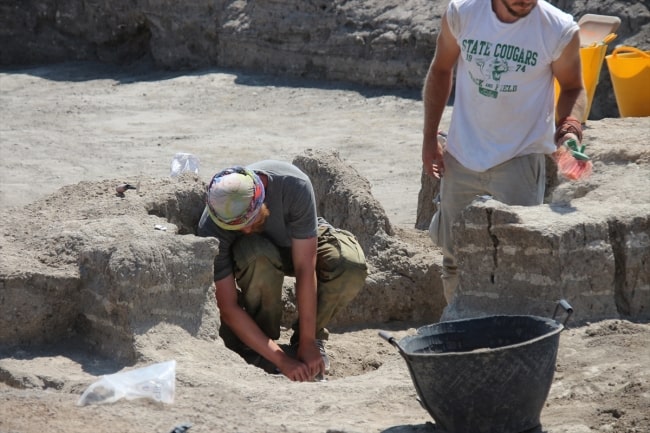
The second neighborhood
Ali Umut Türkcan said that the concept of “street,” one of the questions waiting to be answered in Çatalhöyük, started to come to light with the second neighborhood that was found recently.
Türkcan pointed out that there are some differences in the house in the second neighborhood compared to the previous houses, adding, “We have two multiple burials in this neighborhood. In fact, in this burial, we noticed that the claw of a predatory animal, which may belong to a bear, was placed on the grave of this individual. We will work on this burial in the future. The world’s oldest wooden pieces were found at Çatalhöyük. The wooden piece found in the same house is a large example, but we think that it is a part of the stairs that we knew before but could not found. This is the first time we’ve seen something like this in years.”
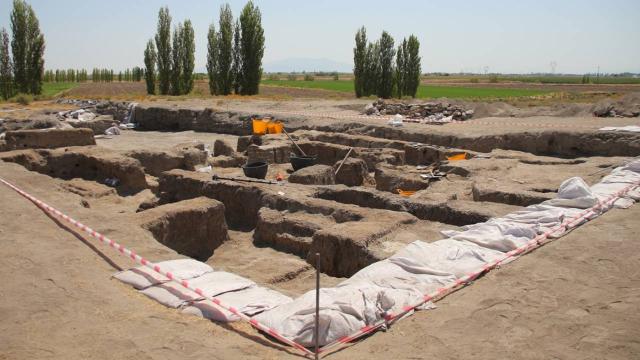
Türkcan said the following about the predator claw found on the grave at home: “According to our expert, it is clear that this is a predator claw; we rarely find such things in graves. We know that marten claws were also put in the grave. If so, this is the second claw found. Obviously, the fact that it comes from the grave indicates that a different treatment was applied to the individual. But before that, we had found a bear seal. If we consider that there is a bear in some reliefs, we should think that together with the bull, the bear had a special place in Çatalhöyük society.”
Emphasizing that Çatalhöyük should be excavated more, Türkcan said, “This was the mega-settlement of its period; an urban phenomenon. I think that Çatalhöyük, which has yielded extraordinary finds this year, should be expanded within the possibilities and the excavations should continue.”

